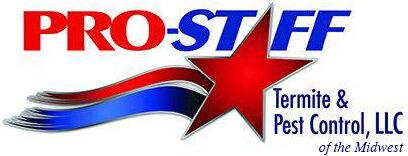Pests aren’t limited to just outdoor plants. Your succulents, ferns, and even your fresh cut flowers are all susceptible to an insect infestation. Common houseplant insects include gnats, aphids, scale, and even slugs! It’s important that you regularly check all houseplants for signs of pests. Here’s what you can do to recognize the signs and limit any pest activity.

Aphids
Sometimes referred to as green flies or blackflies, aphids can be incredibly harmful to your plants. Aphids can cause your plant’s leaves to turn yellow, and a long-term infection can result in disease. Aphids are incredibly small but because they group in colonies, an infestation will be obvious. Check for aphids by looking along the underside of your plant’s leaves. If you spot aphids, give your plant a bath using warm, soapy water.
Gnats
One of the more annoying pests, gnats will make their home on almost any sort of plant in your home. This includes any potted plant, as well as fresh fruits and vegetables that may be sitting on your counter. Gnats often set up shop in the soil of houseplants, and though they won’t cause any harm to your plants, an infestation is the last thing you want. To check for a gnat infestation, lightly move the soil in your plant pot. If a cloud of dirt seems to fly up, you can safely assume gnats are the culprit. To get rid of gnats, reduce how much you are watering your plants. As the soil dries out, any larvae living in it will starve.

Scale
Scale comes in many species, with the dreaded mealybug being the most damaging to your houseplants. Scale tends to look like small bumps that can be found along the stems and undersides of leaves. Scale also leaves behind a sticky honeydew, which can cause the plant to appear shiny. If your plants are infested with scale, they will start to wilt and look dehydrated. Check for that sticky honeydew residue to confirm an infestation. To get rid of scale, gently wipe down each plant using a cotton ball soaked in rubbing alcohol. Repeat this multiple times a week to get rid of an infestation.
Snails and Slugs
Identifying a snail and slug infestation is easy. Because they feed on your plant’s leaves, snails and slugs will leave behind leaves that have large holes or have even been stripped clean. You can get rid of snails and slugs by simply moving your plant. Because they come back to the same area to feed, moving their food source will force them to look elsewhere.
Houseplants can brighten up your Des Moines home, and pests are no reason to keep plants solely outside. By checking your plants regularly, you can prevent an infestation. And if you have some pests that seem like they just won’t go away, contact Pro-Staff at (515) 279-7378.
